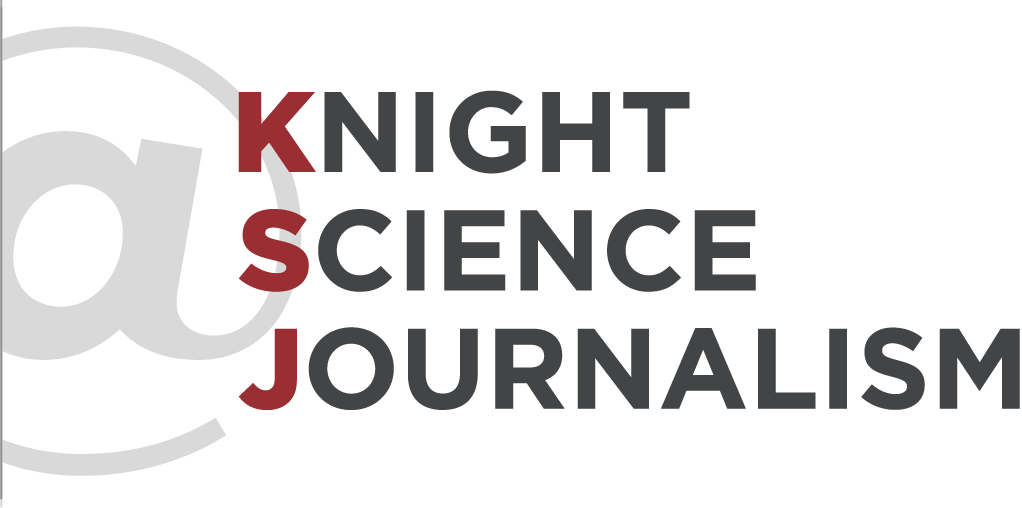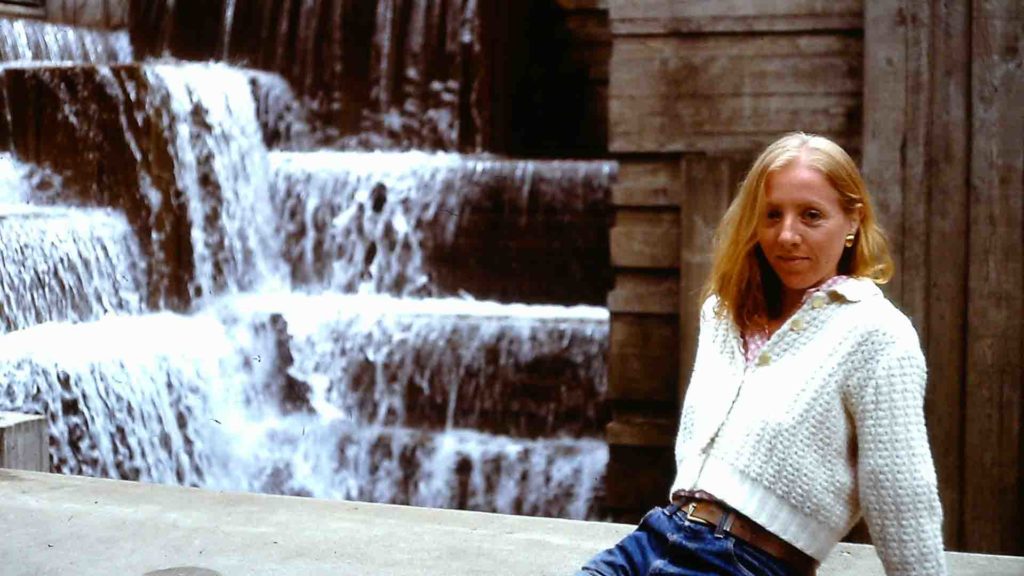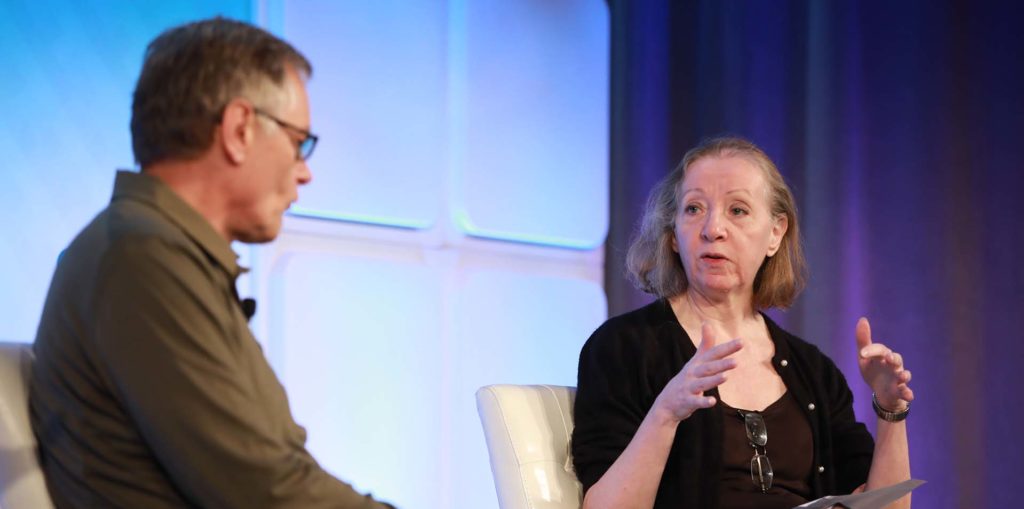As the inaugural Sharon Begley-STAT Fellow, Isabella Cueto found herself surrounded by physical reminders of the trailblazing reporter who gave the fellowship its name.
Knight Science Journalism and STAT Launch New Sharon Begley Fellowship
The fellowship’s goal is to better diversify the ranks of science and health journalists and to foster broader and more inclusive coverage of science.


 "
" "
"